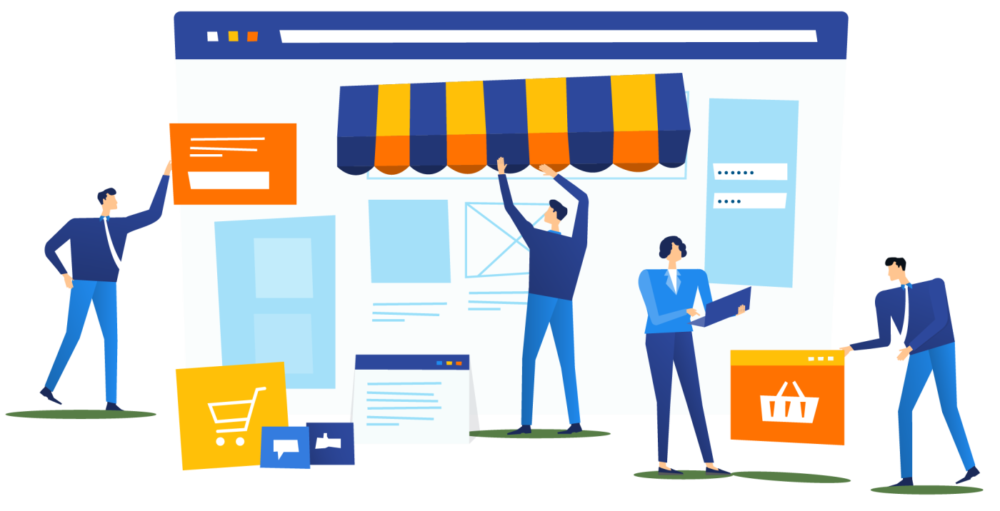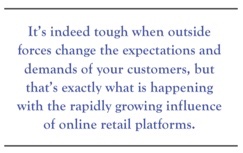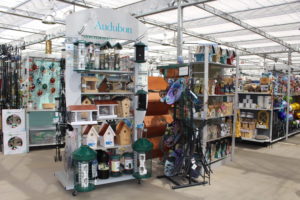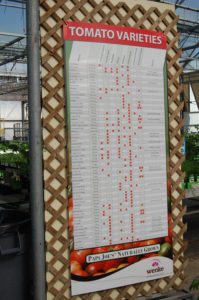
Competing Against the Amazon Effect
I came across an interesting statistic recently that amazed me, though after thinking about it for a bit, it really didn’t surprise me … 78% of adults in the U.S. are registered or signed up to an online marketplace, such as Amazon, e-Bay, Jet or Craigslist, among others.
With this pervasive penetration and the rapidly increasing market share online purveyors are taking in total retail sales, which will approach almost 20% by 2021, online sales are siphoning off retail sales from the brick-and-mortar segment and forcing major churn and disruption for traditional physical retail formats. And with Amazon accounting for almost 50% of all online sales, that means they will account for almost 10% all retail sales by 2021.
With the aggressive growth of online platforms, it’s no wonder that digital retailers, led by Amazon, are having a major influence on changing consumer attitudes, perceptions and purchasing patterns and behaviors, and these are impacting the way consumers interact with physical store retailers.
Retail experts call these new expectations and demands the “Amazon Effect” and some of these include:
- An understanding that time is a commodity that the consumer greatly values.
- Convenience, ease of shop, purchasing experience, checkout, return and delivery; virtually all operations that touch the consumer in any way.
- Low prices or a readily identifiable and demonstrable explanation of higher value for the price paid.
- Accessibility to broad assortments, often more SKUs available online than carried in-store.
- Fast and free delivery.
- Enough information available online from the retailer to allow the consumer to make informed decisions before they make the actual purchase; this also allows the consumer to compare products and prices from competing retailers.
- Seamless integration of a retailer’s online and store platforms and their total experience.
- Being technologically competitive, meaning their online processes must keep up with their competition.
- A personalized shopping experience, and understanding of how shoppers interact with the retailer’s brand.
- Support of retailers who take a stand, have integrity and strong moral and social values and principles.
As pure play online retailers such as Amazon and omni-channel retailers such as Walmart and Target continue to enhance and grow their online presence, the new model for physical stores’ success is being crafted every day through continual evolution and adapting of their key competitors. 
Although no one has yet staked out a real claim online for our industry’s products, it’s only a matter of time before someone figures out the shipping and distribution logistics on a broad level. And, more importantly, we need to deal now with the new and evolving consumer expectations and demands in our stores.
Here are a few ideas and thought starters you might want to consider to get in synch with the new consumer behaviors and expectations.
Website
Even if your customer will ultimately make their purchase in-store, they may want to do their pre-purchase research at their leisure online to be better informed and to make the most efficient use of their time when they are in your store. And many customers, especially those who are new to our industry, don’t want to appear “stupid” when they are in your store yet feel very comfortable educating themselves online; this helps take away their fear factor and makes them feel less intimidated.
To accomplish this, take a hard look at your website from a neophyte consumer’s point of view to ensure that your entire assortment, live goods and hard lines, are represented with as much detail as possible, not only product descriptions, but also with use, application and solution information. This includes Zone information, light and water requirements, planting and special care instructions.
Order Fulfillment
With the exception of some specimen-sized products and bulk landscape materials, most garden centers do not offer delivery. But consider that most supermarkets, warehouse clubs and mass marketers are now finding that BOPIS (Buy Online, Pickup In Store) is the fastest growing segment of their business models, and this includes fresh produce, meats and deli.
Might it be possible for you to offer the same customer convenience by providing the ability for your customers to order and pay online and then have one of your associates pick the order and help load it in the customer’s vehicle at a pre-scheduled pick up time?
This could be a free service, or you might charge a service fee, but either way, you’re offering a wanted convenience, saving the customer time, and enhancing your digital image and platform.
Harness Your Data
Consider using Customer Relationship Management (CRM) software, linked to your loyalty program to provide personalization to your customers. This could be used to systemically send an e-mailed “thank you” note after a purchase, provide planting hints immediately after a purchase, or have a system-generated “it’s time to…” reminder to prune or fertilize something they purchased
last season.
Remember, every positive customer “touch” enhances their experience with you and builds on their relationship with you resulting in increased two-way loyalty.
Demonstrate Your Brand Integrity
Customers want to believe that you are what you tell them you are; how do you honor the brand promise and commitments you’ve made to them? Do you just talk the walk, or do you walk the talk? Do you live up to the real and perceived values and principles you state? We say that our products are environmentally friendly and sustainable, but how do we communicate this through our actions?
Consider taking back used plastic containers from your customers for recycling, even if you have to pay a cost to a recycler to take them from you. This helps demonstrate your sustainability position and makes your customer feel good about doing business with you.
If you sell fresh cut Christmas trees, consider renting a chipper from a local tree service company for the second weekend in January and offer to recycle the Christmas trees purchased from you as a free service. Then think about donating the pine chips to a local school or town park. You score points on the sustainability front and in supporting the community, a double win! It’s indeed tough when outside forces change the expectations and demands of your customers, but that’s exactly what is happening with the rapidly growing influence of online retail platforms.
To succeed, you must understand these changes and find ways to adapt to them, using them to gain advantage. The Amazon Effect is real, but you DO have the ability to compete …


















 Videos
Videos





